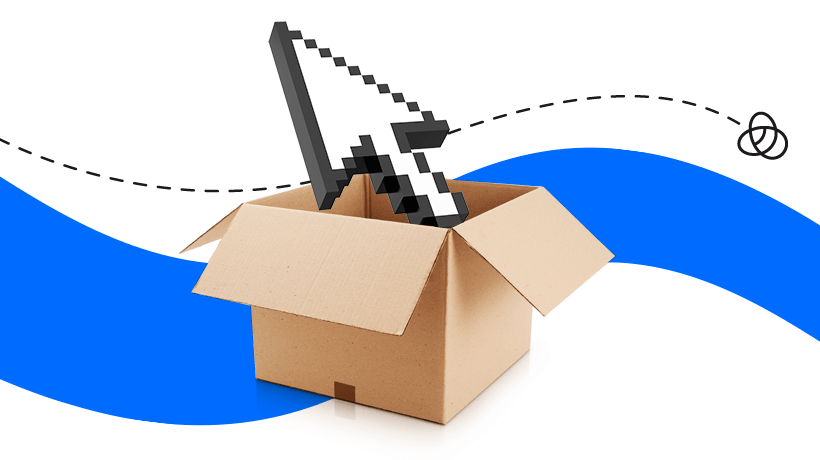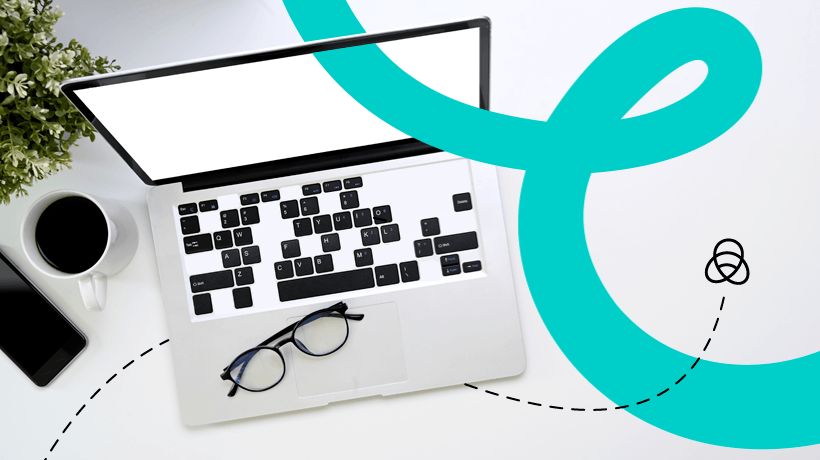The Importance Of Landing Pages For Conversions
Imagine you're online, looking for something, and you see an interesting ad. You click on it and end up on an outdated page. Would you stay? Probably not. That's where a well-designed landing page comes into play. A landing page is like the first impression a potential customer has of your business. It's a separate web page, different from your homepage, made specifically for a marketing or advertising campaign. What is its main goal? To turn visitors into leads or customers.
Landing pages are essential for increasing conversions due to their targeted approach. Unlike the homepage, which serves a general audience, PPC landing pages are designed with a specific goal in mind. Moreover, they are distraction-free, eliminating any elements that may divert visitors from converting. Lastly, their performance can be accurately measured since they are linked to specific campaigns.
When it comes to LMS providers, landing pages are a game changer. Let's say you're launching a campaign to promote a new feature in your LMS. By creating a landing page that showcases the feature, explains its advantages, and includes testimonials, you can encourage visitors to take action, like signing up for a free trial or demo. What's more, different landing pages can cater to different audience segments: K-12 schools, universities, and corporate training departments. Plus, optimizing landing pages for search engines with relevant keywords, quality content, and compelling CTAs can drive more targeted traffic to your site. Let's explore the most important aspects of a successful landing page and see how you can turn those clicks into customers effortlessly.
Key Elements Of A High-Converting Landing Page
Attractive Headlines
A high-converting landing page relies on a compelling headline. This headline acts as the first impression, drawing in visitors and encouraging them to delve deeper. You want to keep it simple, direct, and closely tied to your page's content. Focus on addressing a particular issue or showcasing a major benefit that speaks to your audience. Rather than a generic "Welcome to Our Page," consider a headline such as "Transform Your Business with Our Software." By incorporating dynamic, action-driven language like "transform," you can spark curiosity and motivate readers to explore your site further.
Effective Use Of Images And Videos
The strategic use of images and videos plays a crucial role. High-quality, relevant images have the power to grab attention and visually tell your story. So, opt for images that resonate with your target audience and showcase the advantages of your product. For instance, if your business revolves around LMSs, displaying images of people enjoying online lessons can establish a connection with your site visitors. Now, videos keep visitors engaged for longer durations and convey more information in a shorter timeframe. A well-crafted explainer video can effectively demonstrate your product's value better than text alone. Additionally, it adds a human touch to your brand, showcasing the real people behind the scenes. Nevertheless, remember to keep videos brief and focused and ensure they load quickly.
Strong CTAs
Your call to action (CTA) is essentially what guides your website visitors on the next steps to take, such as "Sign Up Now" or "Get Your Free Trial." Your CTA must be crystal clear and compelling. You want it to grab attention on the page, so consider using vibrant colors and bold fonts. The language you choose is also key. Phrases like "Download Now" or "Join Today" are direct, motivating visitors to act promptly. Placement is another critical aspect. Ideally, your main CTA should be visible without scrolling. Lastly, the context surrounding your CTA is important. Make sure it complements the overall message of the PPC landing page and supports the visitor's journey. For example, if your landing page discusses the advantages of a product, the CTA should smoothly lead them toward starting a free trial or making a purchase.
Social Proof
Social proof is the idea that people are more likely to take action when they see that others have already done so. For instance, when you notice that hundreds of people have purchased a product and left positive reviews, you're more likely to believe it's worth your money. This is exactly what social proof accomplishes on a landing page. It reassures visitors that others have had a good experience, reducing any doubts they may have. There are various ways to integrate social proof into your landing page. Testimonials from satisfied customers, real quotes and photos from actual people, case studies, and many other ways offer a detailed look at how your offering has helped others achieve their goals. Another effective method is showcasing the number of users, downloads, or subscribers. When visitors see that your service is popular, it adds credibility.
A/B Testing And Optimization
Importance Of Continuous Testing
Staying ahead of the curve requires consistent A/B testing to understand changing user preferences, market trends, and competitor strategies. By doing these tests regularly, you can determine which elements on your landing page, such as headlines, images, or call-to-action buttons, are most effective in engaging your audience. What resonates with users today may not be the same tomorrow, so ongoing testing helps you adapt to changing behaviors and expectations. This approach is also essential for maintaining high engagement and conversion rates. And making minor adjustments, like changing button colors or tweaking headlines, can go a long way toward improving performance. Overall, without continuous testing, you risk missing out on valuable insights.
How To Do A/B Testing
When it comes to A/B testing, the process involves comparing two different versions of a webpage to see which one works better at achieving a specific goal. This goal could be anything from getting visitors to sign up, make a purchase, or engage with content. To do this effectively, you first need to have a clear goal in mind. Once you've done that, you create two variations of the landing page with one key element changed, like the headline, CTA button color, or layout. You'll need a tool like Google Optimize to help you run the test and accurately measure the results. Make sure only one element is different between the versions while everything else remains the same. This way, you can attribute any performance differences to that specific change. After running the test for a sufficient amount of time to gather reliable data, analyze the results to see which version performed better. Then, all you have to do is implement the winning version to optimize your landing page for better results.
Results And Improvements
Imagine having two versions of your landing page: A and B. Version A might feature a simple headline while B takes a more engaging approach. Both versions are launched, and data is collected to identify the superior performer. The beauty of A/B testing lies in the ability to receive immediate feedback on user preferences. Perhaps version B's headline resulted in a 20% boost in conversions. So, based on that, you adapt swiftly and make the necessary changes. Sometimes minor adjustments, like altering button colors or placement, can bring surprising results. As you continue to be equipped with data, you continue refining your PPC landing page, enhancing its efficiency and user experience.
Conclusion
By putting effort into a well-crafted PPC landing page, you increase the likelihood of turning visitors into customers. The key is to make a great first impression with clear, engaging content, appealing visuals, and a user-friendly experience that can significantly improve your conversion rates. In essence, a landing page that is tailored to your target audience's preferences helps build credibility and trust. It's not just about having a website; it's about optimizing it to work efficiently towards your business objectives.







